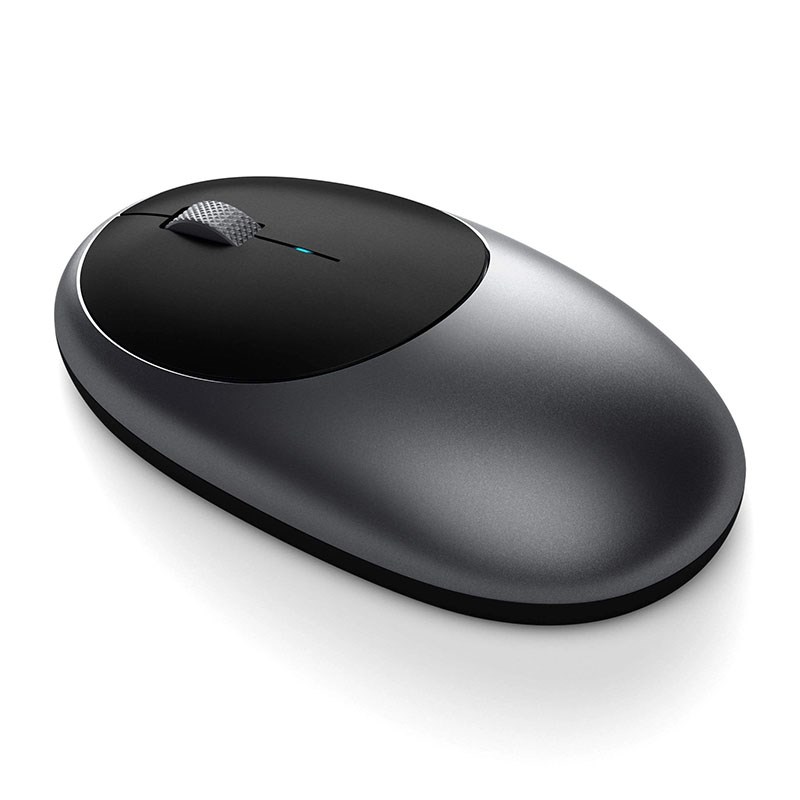

- #Logitech options m1 how to
- #Logitech options m1 install
- #Logitech options m1 software
- #Logitech options m1 password
- #Logitech options m1 Pc
#Logitech options m1 how to
Now we will show you how to remove another app from Logitech – Logi Options. How to uninstall Logitech Options on a Mac This removal process is not as easy as the previous one but you can remove the app completely. The last step is to just empty the Trash folder to remove Logitech permanently.Also check the Application Support and Containers folders for the leftovers of the Logitech Control Center.Here go to the Caches folder, find and remove the subfolders of Logitech with cache files.Then in Finder press Command+Shift+G and navigate the ~/Library folder.First, go to the Applications folder → Utilities and remove the Logitech apps.
#Logitech options m1 software
We recommend that you manually uninstall the Logitech software to be sure that you have removed it completely and now have no remaining files on your hard drive.įollow these steps to manually uninstall the Logitech Control Center: How to manually uninstall the Logitech Control Center Please note this native uninstaller does not remove all the Logitech temporary and service files they will be left on your Mac in a hidden folder. The application will be removed from your Mac.
#Logitech options m1 password

In the appearing window, click the Uninstall button.Go to the Applications folder → Utilities and launch LLC Uninstaller.Here is how to uninstall Logitech Options using the developer’s uninstalling utility.
#Logitech options m1 install
When you install the Logitech software, it creates its own uninstaller on your Mac. It’s also available in the notification area. For a more intentional switch, there’s an option to only move the cursor to another machine when the Ctrl button on the keyboard is being held down.Uninstall the Logitech Control Center using its native uninstaller The toggle switch for Logitech Flow turns the entire feature on and off, which can be useful if you’re focusing on a single task. The options on the left are fairly self-explanatory.
#Logitech options m1 Pc
If you’re not sure which square represents which machine, click the “…” menu item to see the PC name. Click and drag to arrange the squares in the same configuration as your real-world setup-if your laptop is to the left of your desktop monitor, place the corresponding square to the left, and so on. The white or teal squares represent the screens of each machine and their relative positions: where they intersect with a grey line, the mouse cursor will be able to pass between them seamlessly. (You might need to switch channels on your mouse if you only have one.) If all your machines are connected to the same network, you should see them appear on the screen below: On each machine, click the Flow tab in Logitech Options. If Flow doesn’t appear on all your PCs, try reinstalling the program and rebooting your machine. Once finished, you should see a new “Flow” tab at the top of Logitech Options. Repeat this process with all your PCs and input devices, switching to the alternate connections as needed. Just download the installer and follow the on-screen instructions-in Windows double-click the install file, in macOS drag it into the Applications folder. It’s pretty handy software even without this feature, allowing for gesture control and custom key bindings. If you haven’t already, download and install Logitech Options from this link on all the computers you wish to connect via Flow. If your devices aren’t compatible, you’ll need to use something like Synergy instead-otherwise, read on. Logitech Unifying USB dongles for all your devices, or Bluetooth in the connected PCs.(You do not need a compatible Logitech keyboard though, just a mouse-see the last section of this guide for more info.) For seamless keyboard switching, you’ll also need a compatible Logitech keyboard, which includes the K780, K380, K375s, and MK 850 keyboards. At the time of writing, the compatible models are the MX Master 2S, MX Anywhere 2S, M585, and M720 Triathlon mice. They need to be on the same local network. Two or more PCs, running either Windows or macOS.


 0 kommentar(er)
0 kommentar(er)
